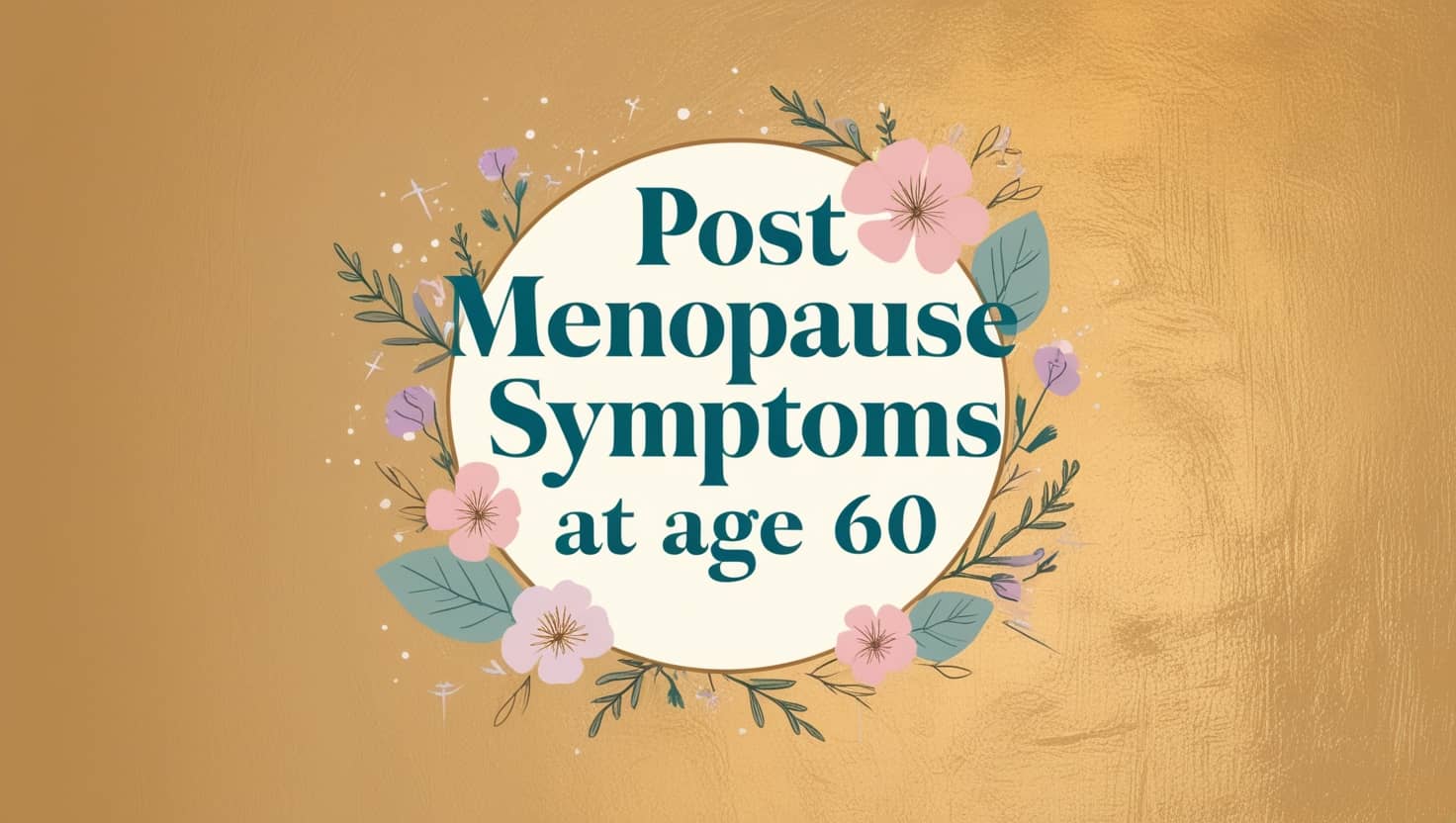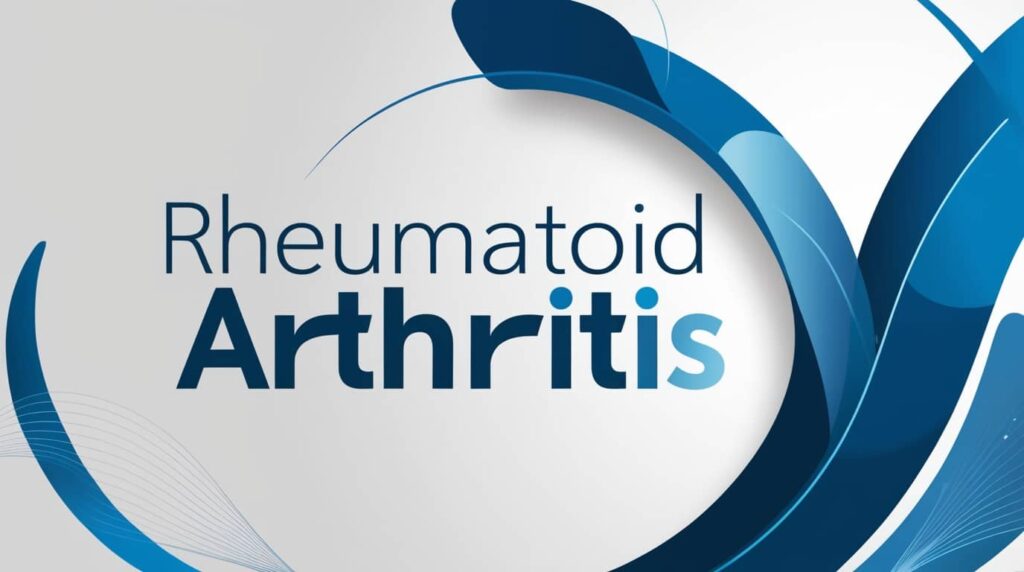Menopause is an important stage that every woman goes through in her lifetime. It leads to substantial physiological changes and symptoms commonly referred to as postmenopausal syndrome. These symptoms have undesirable effects on one’s quality of life. This article will discuss the symptoms, origin, and medical management of postmenopausal syndrome.
What is menopause?
Menopause is described as a permanent stoppage of the menstrual cycle. The diagnosis is made retrospectively after 12 months without menstruation. The majority of women approach menopause between the ages of 49 and 52, with an average age of 51 in the United States.
Etiology
As a woman grows older, her ovarian follicles decline, resulting in low estrogen levels and inhibiting production. The female hormones follicle-stimulating hormone (FSH) and luteinizing hormone (LH) levels remain elevated due to a lack of negative feedback. Androgen production persists after menopause, resulting in low circulating estrogen levels.
Functions of Hormones
- Estrogen: protects heart arteries, strengthens bones, improves brainpower and memory, regulates mood, and lubricates moisture-required tissues.
- Testosterone: Produced by ovaries, it promotes muscle growth, increases sex drive, improves memory and attention, and provides energy.
- Progesterone : regulates menstrual cycles and plays a vital role during pregnancy.
Long-Term Effects of Lower Estrogen Levels
- Hot flashes: A sudden sensation of heat on the upper chest and face that lasts two to four minutes, accompanied by perspiration. Symptoms may include palpitations, shivers, shaking, and anxiousness.
- GSM (genitourinary syndrome of menopause): Mild symptoms include vaginal dryness, burning, itching, dyspareunia, decreased libido, and lower urinary tract problems.
- Sexual dysfunction: symptoms include low sexual desire and fewer sexual thoughts.
- Almost 50% of menopausal patients experience sleep disturbance, including sleep-onset insomnia and obstructive sleep apnoea. Secondary causes of insomnia include hot flashes, mood disorders, psychosocial variables, restless legs syndrome, and medical comorbidities.
Changes in Bone and Heart Health Post-Menopause
A-Bone health effects:
Healthy, normal bone is constantly reconstructed through a five-step process that includes osteoclast resorption and osteoblast formation. During menopause, estrogen insufficiency promotes osteoclastic activity, causing an imbalance between osteoclastic and osteoblastic activity. This leads to increased bone resorption and total bone loss. Bone mineral density decrease usually occurs several years before menopause.
B-Heart Health Effects:
Ooestrogens reduce vascular tone, which increases blood flow in the cerebrovascular system, whereas estrogens increase tone. Estrogens and androgens also promote angiogenesis, the formation of new blood vessels. Estrogen reduces inflammation and oxidative stress, hence providing neuroprotection by protecting the blood-brain barrier and reducing oxidative stress. In the context of cardiovascular comorbidities, MP alterations in hormone levels contribute to cerebrovascular dysfunction and may have an undesirable cognitive effect.
Tips for Maintaining Wellness After Menopause
- Mild hot flashes: behavioural measures like lowering room temperature and using fans.
- Moderate to severe hot flashes: pharmacologic therapy for behavioural and lifestyle changes.
- Hormonal therapy: Treatment of choice for women with no contraindications. Women younger than 60 years or within ten years of menopause are candidates for hormonal therapy.
- Nonhormonal Therapy: Includes lifestyle changes, nonprescription therapies, and prescription medicines.
- Genitourinary Syndrome: Hormonal therapy, lubricants and moisturizers, and selective estrogen receptor modulator: ospemifene.
Summary
Menopause is a hormonal transition characterised by changes in the body’s hormones. It is a period of intensive physical activity that is frequently accompanied by bouts of pain and discomfort. Hormonal changes can begin the process. Improving patient-centered treatment, results, patient safety, and team performance during menopause necessitates a collaborative and interdisciplinary effort.
Also Read: Symptoms of Menopause at 50
References
- Koothirezhi, R., & Ranganathan, S. (2023). Postmenopausal syndrome. In StatPearls (Internet). StatPearls Publishing.
- Peacock, K., Carlson, K., & Ketvertis, K. M. (2023). Menopause. In StatPearls (Internet). StatPearls Publishing.
- Nair, A. R., Pillai, A. J., & Nair, N. (2021). Cardiovascular Changes in Menopause. Current cardiology reviews, 17(4), e230421187681.







